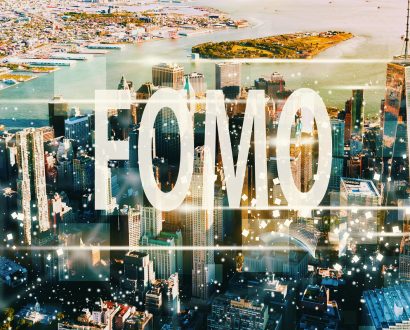How to use scarcity to grow your business

Thomas Carlyle once said, "teach a parrot the terms of ‘supply and demand’ and you’ve got an economist" which, aside from being quality Victorian shade, is pretty insightful about how basic a foundation of business supply and demand is.
This isn’t going to be an Economics 101 piece but if this was a subreddit on supply and demand it would be about scarcity. For where there is high demand for a product but the supply is low, the value of that product will invariably increase.
There’s some pretty complex psychology going back to the earliest days of human existence behind scarcity but the short version is: the harder to obtain or the rarer a thing is, the higher we value it.
Smart marketers use this innate human instinct to drive sales and boost businesses by creating the impression of scarcity. These days we call it FOMO (fear of missing out).
Here are four brands that have used the principle of scarcity to great effect:
-
Amazon.
It may seem strange but some of the best employers of the scarcity principle are huge corporations.
Amazon is a fascinating example because they’re not a company you’d associate with a lack of products but Amazon uses the ‘limited quantities’ technique to encourage consumers down the sales funnel. A sense of urgency is created by displaying remaining stock levels; consumers are more likely to buy sooner if they think they might miss out.
Amazon also uses ‘Lightning Deals’, short-lived chances to purchase a product at a discount, to create FOMO that encourages customers to buy now, instead of waiting and running the risk of paying more later.
-
Supreme
Supreme started life as a small skate shop in downtown New York City in 1994 and is now worth an estimated US$1 billion. It is one of the undisputed masters of FOMO, maintaining the hype through collaborations and limited released of accessories.
It releases limited-edition products in two ‘seasons’ every year and the news quickly spreads on fan sites and across social media. Supreme has managed to build an entire subculture around its logo – even selling out of branded bricks — as customers flock to its stores to spend whatever they can.
-
Starbucks
When Starbucks announced a three-day run of a special ‘Unicorn Frappuccino’ it probably didn’t expect it to sell out on the first day. It’s hard to say how many were sold but there were more than 150,000 #unicornfrappuccino posts on Instagram of the incredibly photogenic sugar coma in a cup.
Limited runs of ‘when it’s gone, it’s-gone’ products are a great way to hook new customers and inspire loyal ones. But be careful of overusing this method as Starbucks’ second attempt with the ‘Crystal Ball Frappuccino’ fell spectacularly flat.
-
Spotify
Do you remember Google+? When it first launched in 2011 it was by invite only and that managed to get 10 million sign-ups in the first two weeks. We all know how Google+ ended up but Spotify took that by-invite-only idea and made it a global success.
When Spotify first launched its music streaming service free accounts needed an invitation from a friend or from Spotify to sign up. However, anyone could sign up for a paid Spotify account. They used the scarcity of the invitation-only launch to create high demand, then offered customers a way in for a price. Now, Spotify has 100 million paid subscribers, around half of its total users.
FOMO marketing
FOMO is an effective marketing strategy when done properly. You can’t deliberately mislead customers but smart phrasing can make all the difference.
FOMO is at its most persuasive when supply is low. The job isn’t to trick a casual browser into buying something they don’t want; the value of FOMO marketing is gently encouraging a sale that has already been considered.
And once that sale has been made the next job is to create a loyal customer who values your products because of their quality, not their availability.